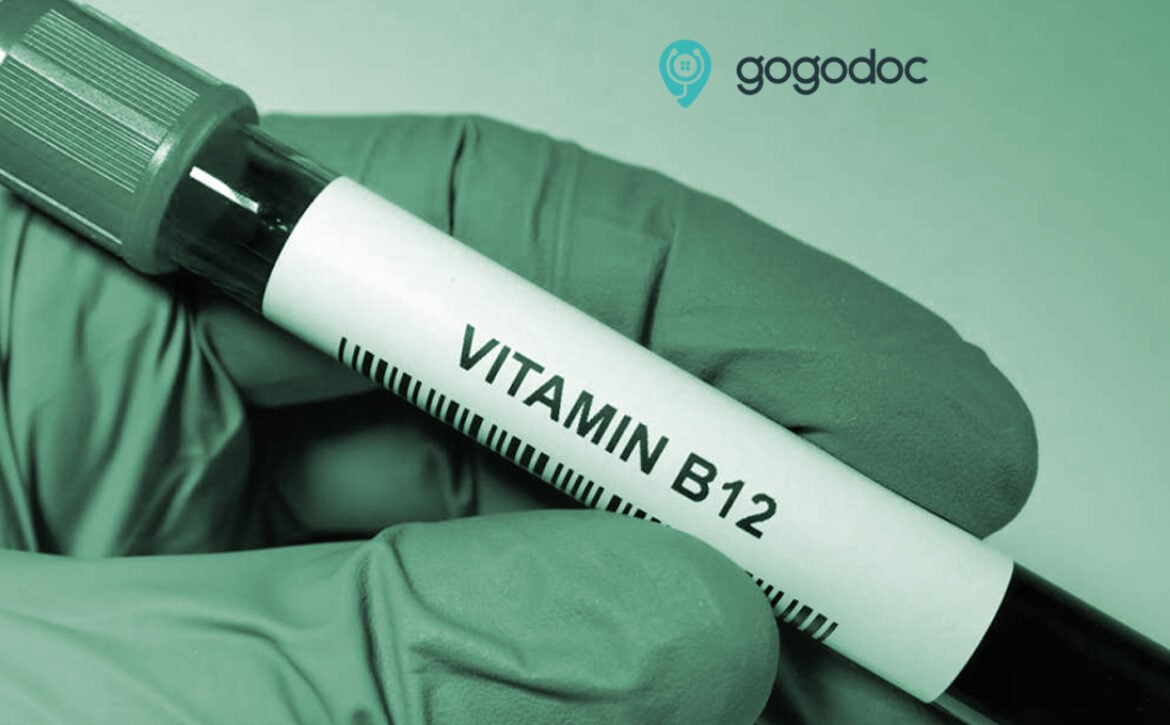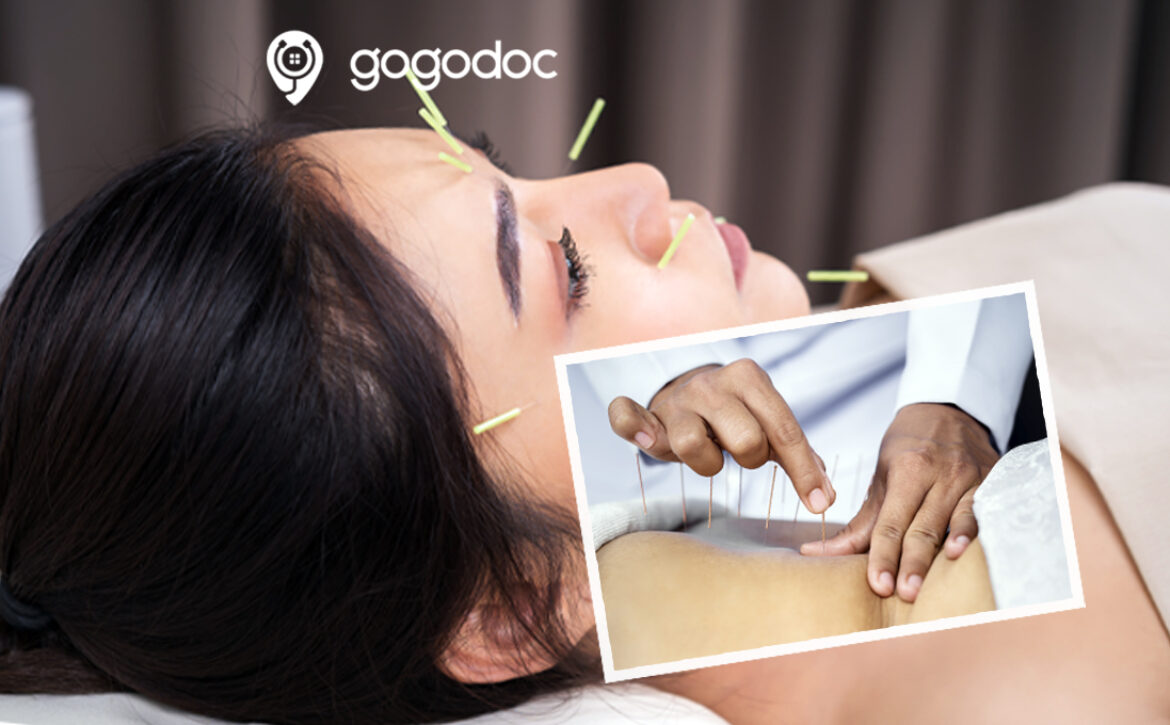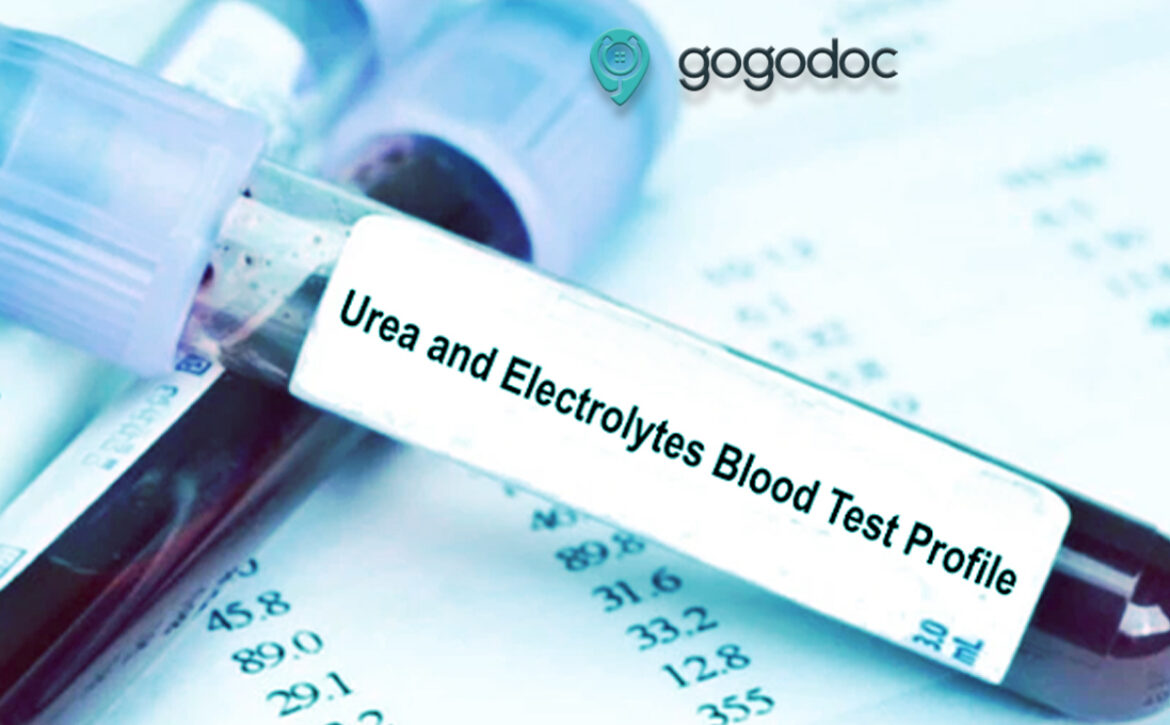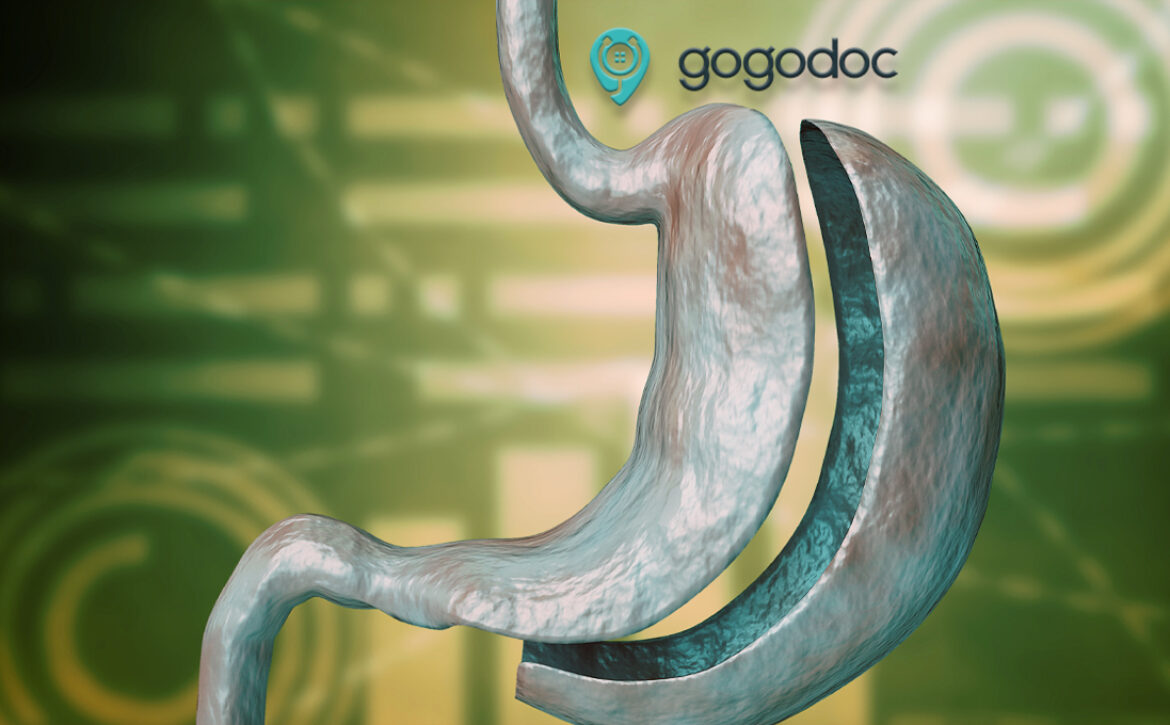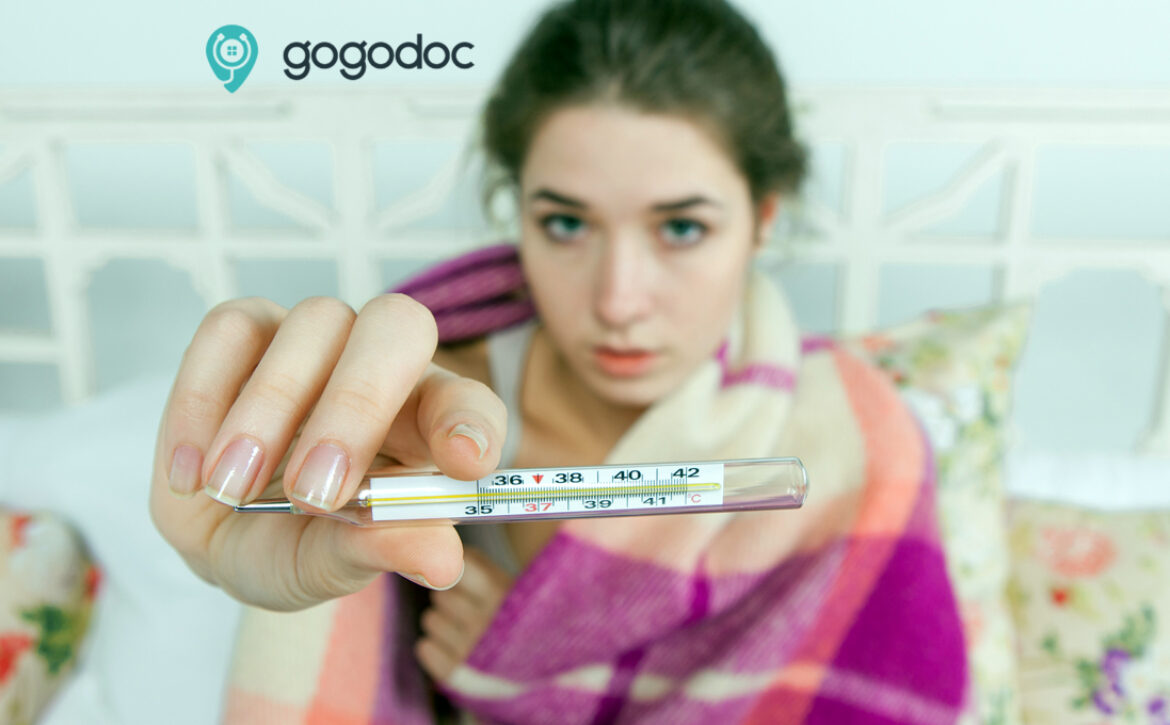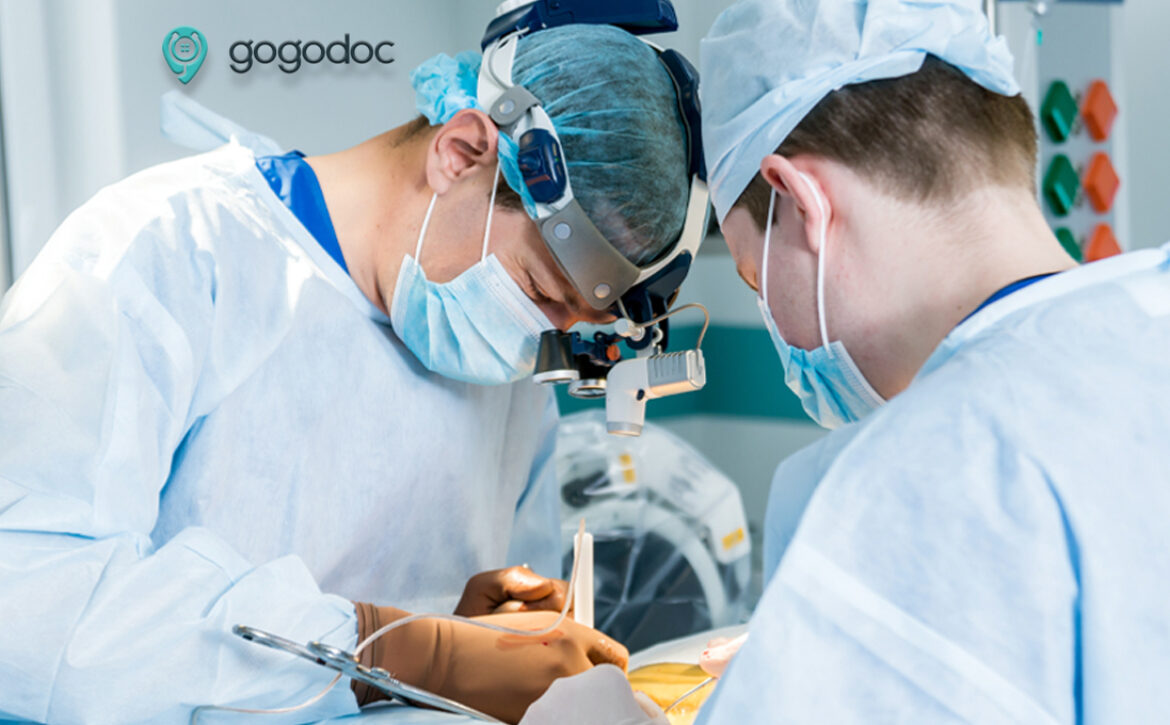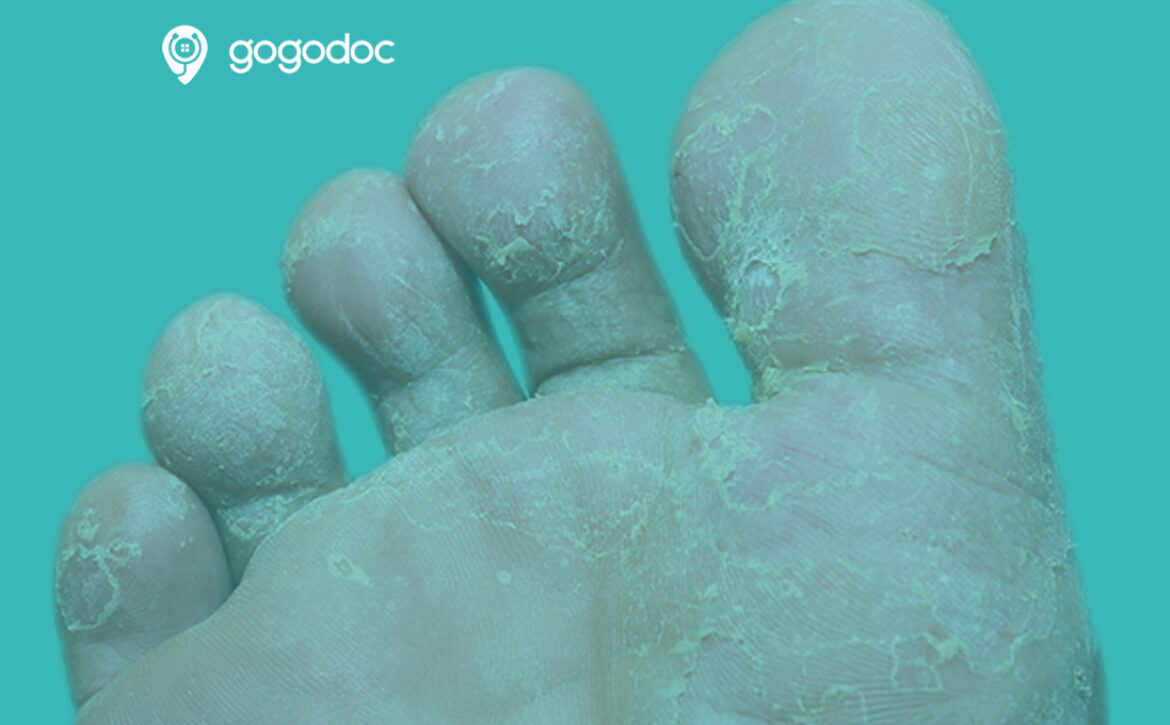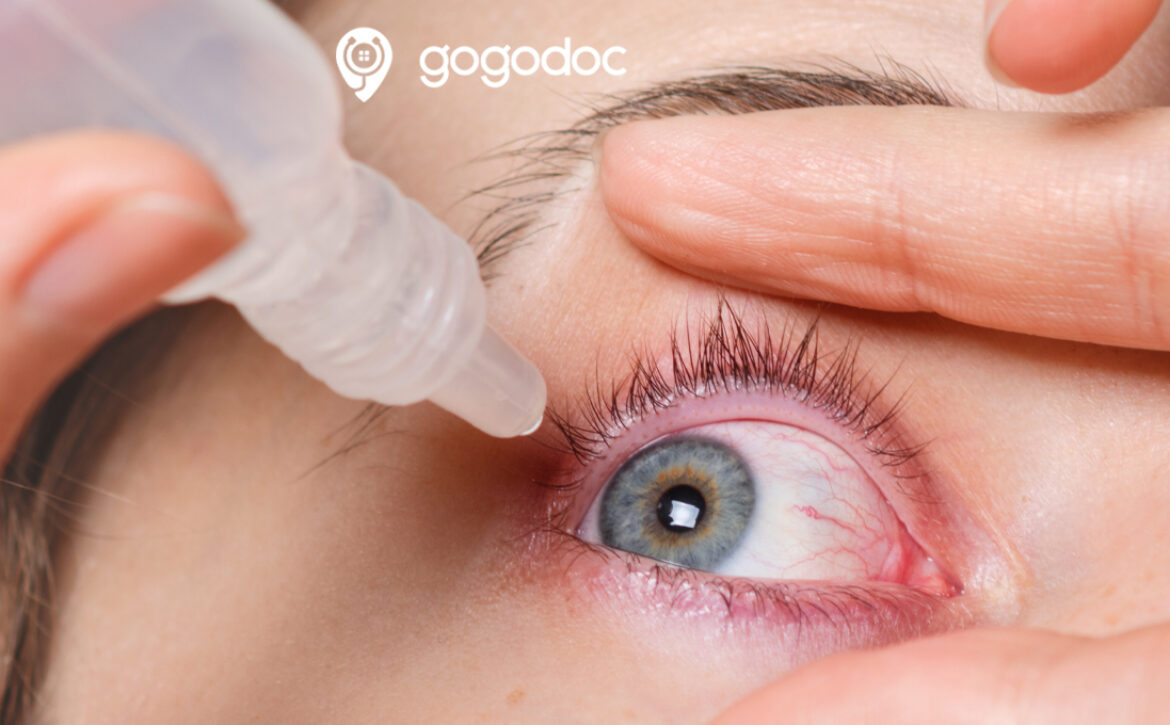Vitamin B12 & Folate
Vitamin B-12 is an important vitamin for many bodily functions, such as brain health, blood cell production, and proper nerve functioning.
Vitamin B12 and folate tests measures the vitamin levels in the liquid portion of the blood (serum or plasma) to identify deficiencies. Sometimes the amount of folate inside red blood cells may also be measured.
- This help diagnose one cause of anemia or neuropathy.
- To evaluate the nourishment status in some people.
- To monitor the effectiveness of treatment for vitamin B12 or folate deficiency.
A need for a B-12 test, if you have;
- Loss of appetite
- Weakness
- Confusion
- Dementia
- Tingling in the hands and feet
- A racing heart
- Problems with balance
- Diarrhea or constipation
- Exhaustion
- Pale skin
- Inflamed red tongue, or gums that bleed
Also if your suspected to have pernicious anemia, Your doctor might take you through this test.
- Pernicious anemia- A reduction in red blood cells. It occurs when your intestines can’t absorb vitamin B-12, which is necessary for red blood cell production.
The average age of diagnosis is around 60, symptoms are not basically visible for people younger than 30 years.
High levels of B-12 can also be a sign of:
- Kidney failure
- Liver disease
- Diabetes
- Certain types of leukemia
Gogodoc also provides an educational series of information on various blood tests (*intended for educational purposes only. If you are experiencing symptoms, please reach out to book an online GP consultation with a Gogodoc GP.) Talk to a doctor online at a time that suits you from home with a phone or video appointment. You can easily book an appointment with GP.
Book a video consultation today! and get expert advice.


